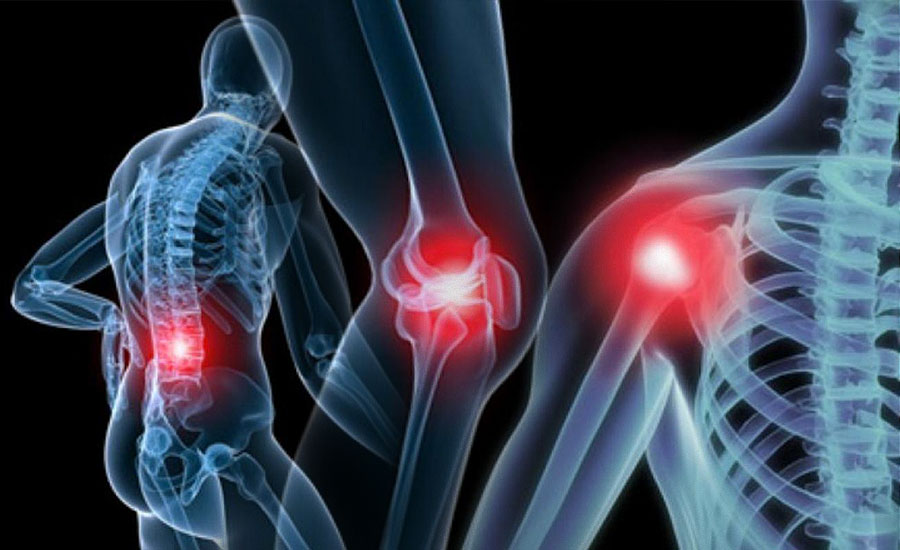What does Orthopaedic Surgery do?
Orthopaedic surgery can reduce pain; and increase function allowing people to return to normal activities.
Often the two things go hand-in-hand, in that pain itself will reduce people’s function. For example, an arthritic hip will be held stiffly, with pain preventing people walking, standing or sitting comfortably, rather than the degree of arthritis in the hip itself. It is only occasionally that arthritis is so severe it causes the hip to become fused, preventing movement.
Pain has a useful protective function in the body. If we hurt ourselves the pain produced by the injury reminds us not to use (and further injure) the damaged area. People show “fear avoidance” behaviour, avoiding activities for fear they will increase their pain and worsen the situation. This can have a severe impact on quality of life. Often people tell me their condition is not really that painful, but on closer questioning, they have stopped all sporting or leisure activities due to pain. If you ask people to return to their activities, they find them too painful. Only then do they realise how much pain is actually affecting them.
Modern orthopaedics
One of the great benefits of modern orthopaedics is we now have effective treatments for many very painful and disabling conditions. For example, a microdiscectomy is an effective treatment for ending sciatic pain. With a small incision, the fragment of disc causing the inflammation and irritation of the nerve is removed. This operation, which takes under an hour, and often only requires an overnight stay, gives dramatic relief in leg pain, and patients can return to most of their normal activities within a few weeks of surgery.
Joint replacement
The area of joint replacement has achieved some of the most dramatic improvements. We now have effective replacements for most of the major joints in the body. Approaches to these operations have been refined over years, are generally muscle-sparing and allow rapid recovery to normal function with a minimal hospital stay of three to four days. Many associated complications that previously impacted joint replacement surgery have been addressed. Infection rates are now very low and effective coagulation therapy is available to avoid complications of deep vein thrombosis.
Modifications in hip designs give a better range of movement and more closely resemble the patient’s own anatomy. Materials used in hip replacements have also changed to polyethylene inserts, which are much stronger, and the introduction of ceramics that show small amounts of wear and good long term durability. Many patients worry about having a hip replacement, thinking their function will be less than before. But in the absence of pain, these joints function remarkably well. It is not uncommon for people to comment that they did not realise quite how much pain they were in, until its absence after surgery.
By Richard Harker, MA FRCS (Trauma & Orth) Consultant Orthopaedic & Spinal Surgeon
Disclaimer
All content on Silversurfers.com is provided for general information only, and should not be treated at all as a substitute for the medical advice of your own doctor or any other health care professional. Silversurfers will not be responsible or liable for any diagnosis made by a user based on the content on www.silversurfers.com and we are also not liable for the content of any external websites or links from or to Silversurfers to any other websites. Please always consult your own doctor if you’re in any way concerned about any aspect of your health.
ADVERTORIAL
Latest posts by Sally - Silversurfer's Editor (see all)
- Stronger bones after 50: How to ensure you’re getting enough calcium - March 28, 2025
- Do you refer to it as Mothering Sunday or Mother’s Day? - March 27, 2025
- Embark on a SixStar Cruise - March 26, 2025
- Do you support the 2.8% pay rise for MPs? - March 25, 2025
- All you need to know about the Radio Teleswitch Service (RTS) switch off - March 24, 2025




















